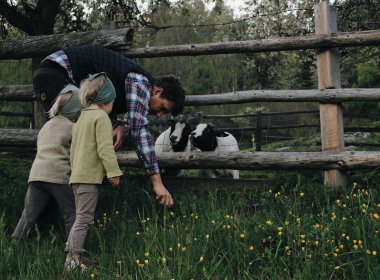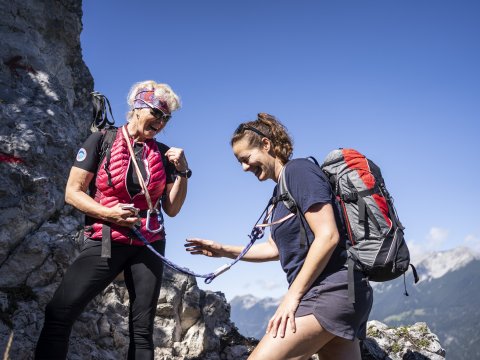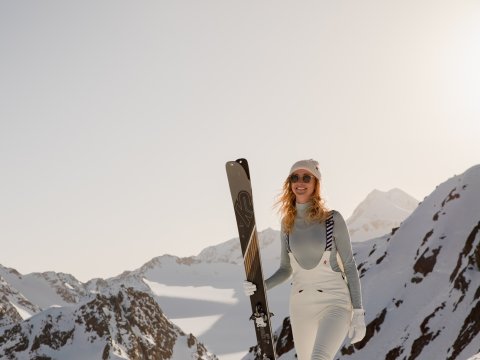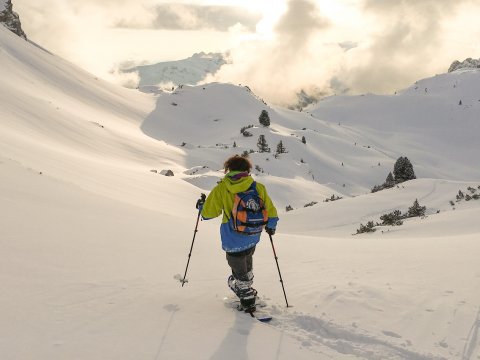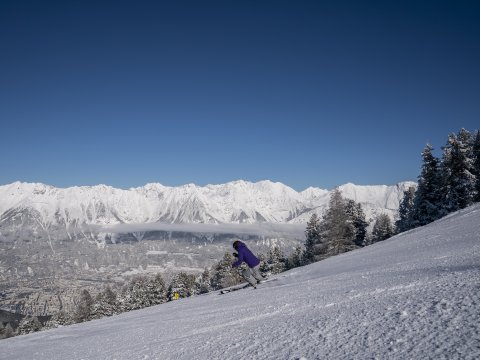Advice for Dog Owners when Walking in the Mountains
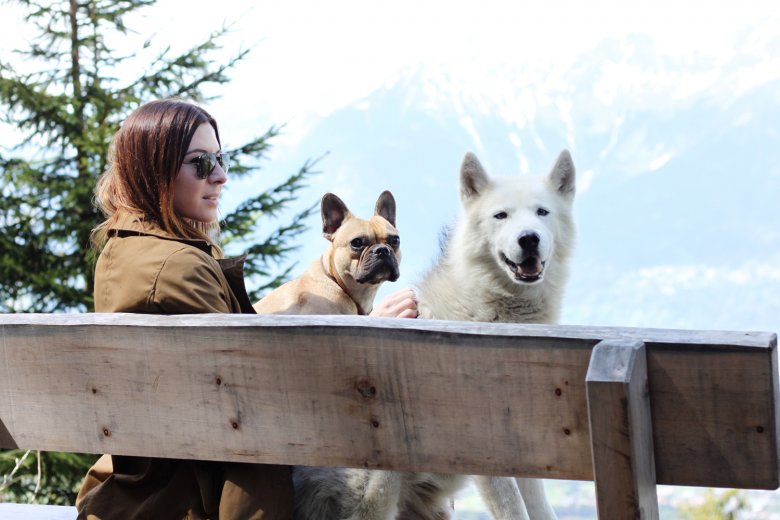
Dog lovers like nothing more than taking their faithful canine for a stroll in the wonderful countryside. Angel, my husky, and Mocca, my French bulldog, love to head out for a stroll to enjoy the open space to sniff, explore and play, feeding on lush grasses and splashing about in creeks. The outdoors is a great place to take dogs, but it’s every owner’s duty to make sure their dog is not a danger or nuisance to farm animals, wildlife or other people. I always keep my dogs on a lead and avoid areas where we could disturb or harm sensitive areas or wildlife. I want you and your dog to be safe and happy while out and about, so here are some tips for walking in pastures with grazing livestock.

How to avoid Dog/Livestock Conflicts
Do not put yourself at risk – don’t leave the trails and take extra care when walking dogs near pastures where animals are being grazed; you’re recommended to keep a distance of 20 to 50 meters. Loud noises or sudden movements from dogs can spook grazing cattle. You are strongly advised do not frighten cows and do not stare into their face! Try to avoid getting between cows and their calves and do not pat, stroke or feed them. Be prepared for cattle to react to your presence, especially if you have a dog with you.
If you walk through a field of cows and there happen to be calves, think twice; if you can, go another way and avoid crossing fields. If you find yourself in a field of suddenly wary cattle protecting their territory or young, move away as carefully and quietly as possible and keep your dog close and under effective control on a short lead. Dog/livestock conflicts stem from predator-prey interactions. Dogs are predators and cows will defend themselves; particularly when they are rearing young and during the breeding season. Chances are that a mama cow that is threatened, angry and protective will charge at your dog.
Alpine Pastures are Working Environment!
The mountains are an inspiring place to walk but it can also be little daunting when cows and bulls are grazing near your path. But in the summer months, the mountains are working environment and it’s important to be mindful and respectful of farm animals, particularly during spring when cattle are rearing their young. Here’s some advice on what to do when walking near cattle to ensure you and your dog and other countryside users can all enjoy the countryside happily and safely.
Be aware of the dangers posed by cattle herds:
- Cows and Calves: Attacks tend to happen when people or dogs inadvertently get between cows and calves. Their natural instinct takes over and they protect their offspring. Cows ‘on-heat’ or after calving are generally unpredictable and potentially dangerous.
- Young Stock: These are naturally curious animals and should be treated with caution. Walking into a young animal’s blind spot can cause the cow to become startled and lead to sudden movements.
- Dairy Cows: Dairy cows tend to be less aggressive as they have more to do with human beings—there is close contact between ‘the milkers’ and the cows. However, do not stress or arouse dairy cows unnecessarily.

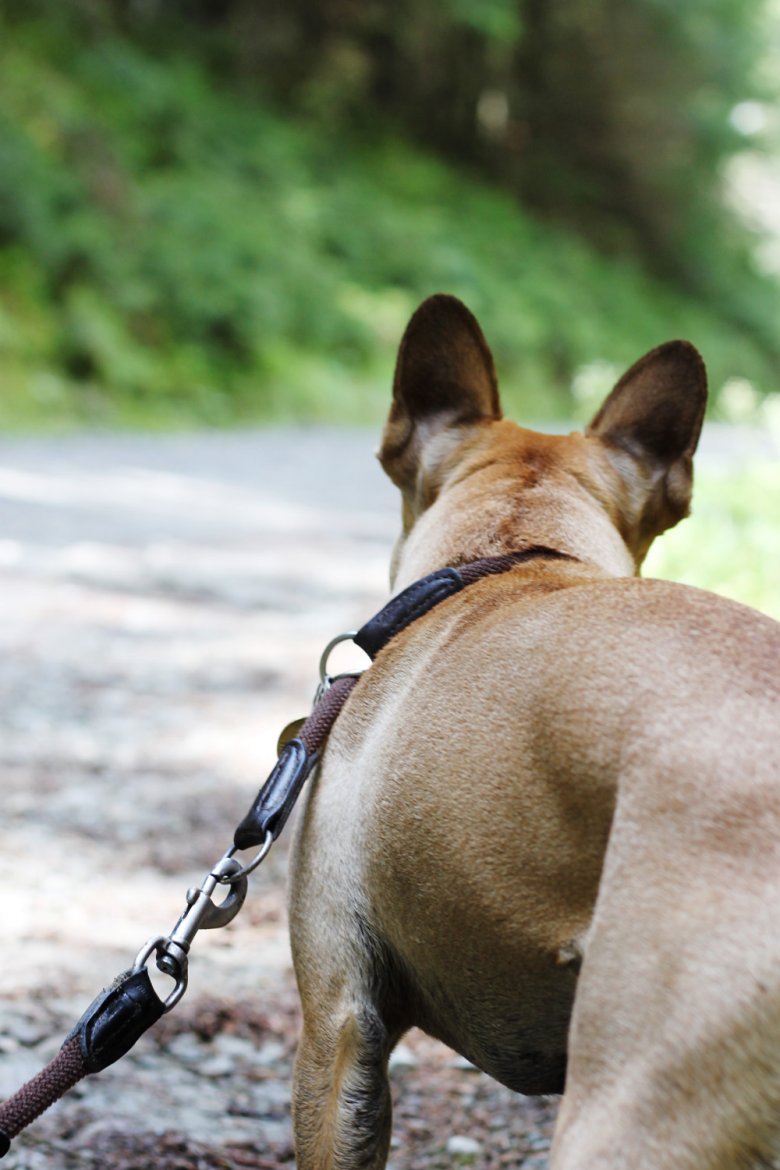
Understanding Postures and Threats of an Angry Bovine
The demeanour of cattle usually tells of their state of arousal. A seriously distressed cow is shaking its head and will be glaring at you. The direct threat position is head-on with head lowered, shoulders hunched, and neck curved to the side toward the potential object of the aggression. Pawing with the forefeet, sending dirt flying behind or over the back, as well as rubbing or horning the ground are often components of the threat display. Snorting and bellowing loudly is a sure sign to be especially careful. Don’t panic or run – most cattle will stop before they reach you; if they follow just walk on quietly.
How to Steer Clear of an Aggressive Cattle
- Cattle can become unsettled by the presence of a dog, so if they near you stay calm and walk slowly away, backwards or sideways!
- If ever threatened by cattle, release the dog from its lead and do not run yourself. The dog will run away, diverting the cattle and they will chase the dog.
- Don’t use sticks—the only time when it is acceptable to hit livestock is for self-defence in the occasional situation where that is needed. If you’re in immediate danger, don’t be afraid to punch around the nose or face of the cow or bull!
Recognizing the survival forces that drive both dogs and livestock is the first step toward harmony. A dog that chases or attacks livestock is not necessarily a bad dog—even the cutest and fluffiest of our canine friends has a hunter buried somewhere inside. Owners who acknowledge that their beloved, furry dog is capable of such undesirable behaviours can take steps to minimize the opportunities for those behaviours to kick in. It’s always good practice to keep your dog on a lead around grazing cattle, for your own safety and for the welfare of the animals.
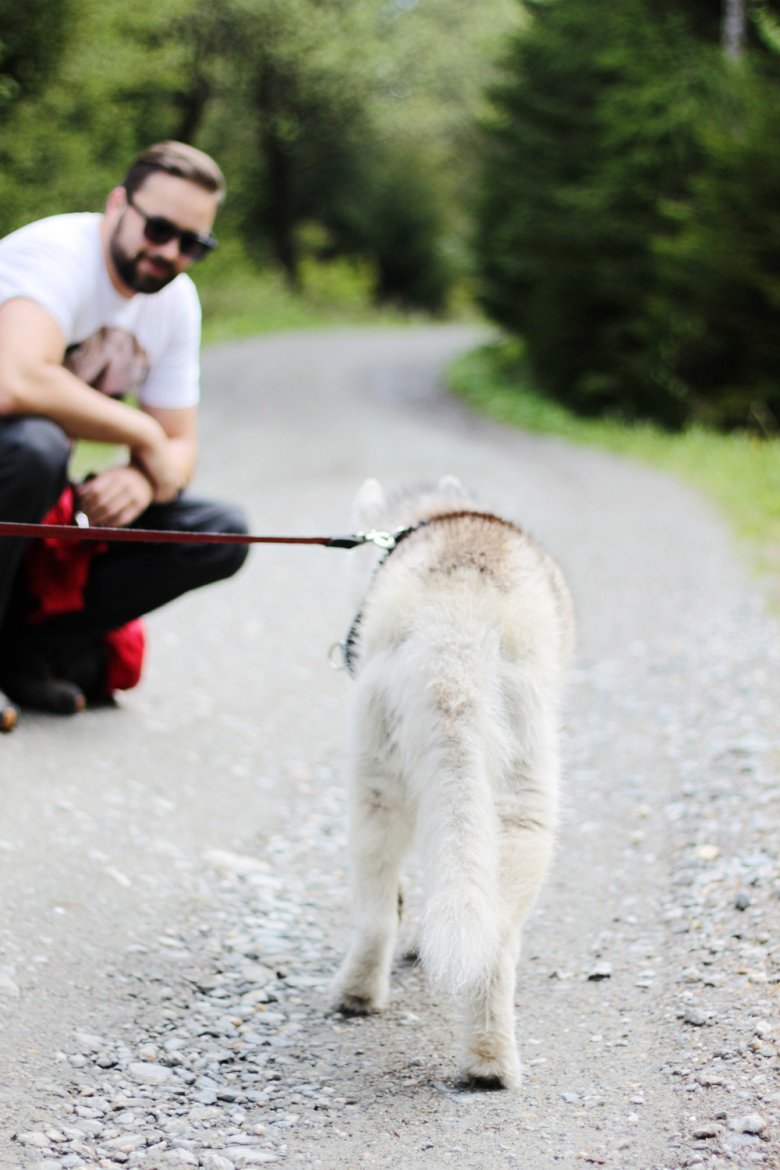
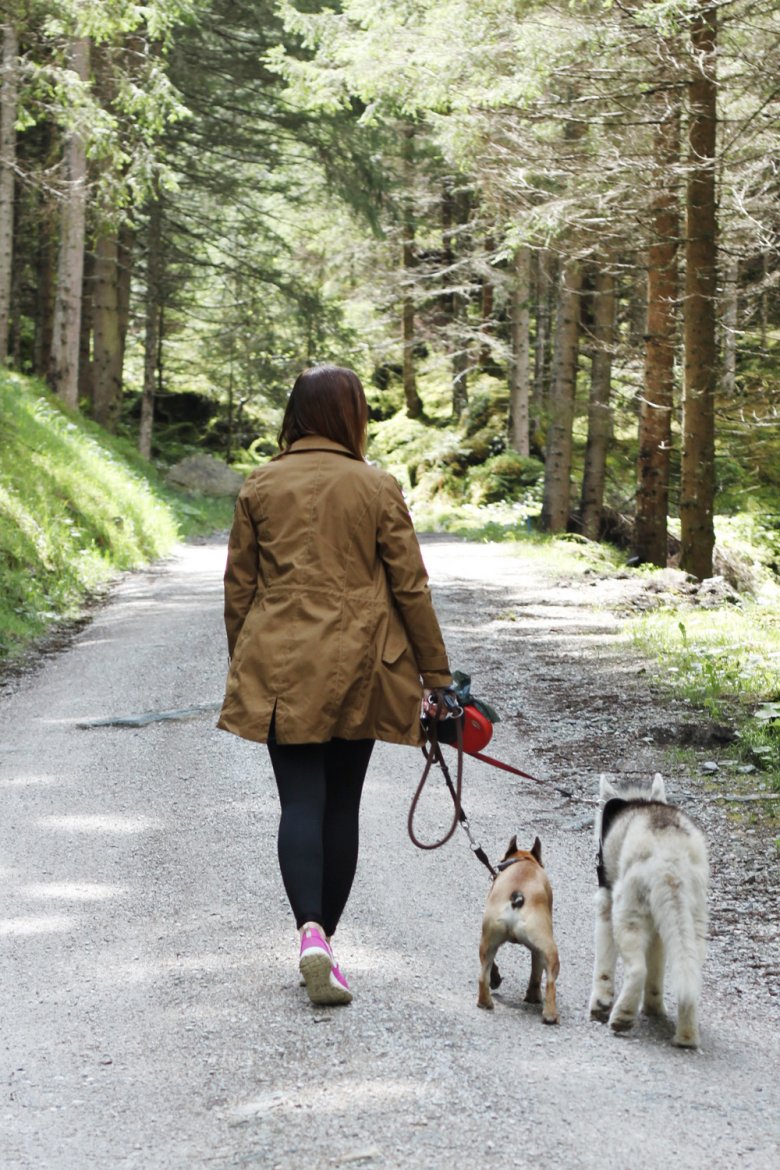
By the way, the beautiful pictures were taken by Verena-Annabella, too.











